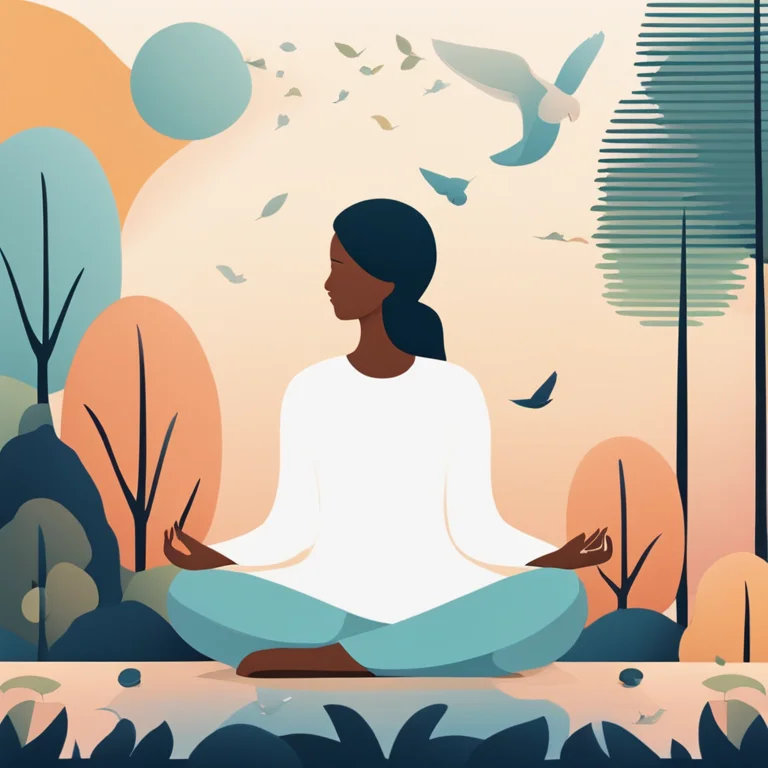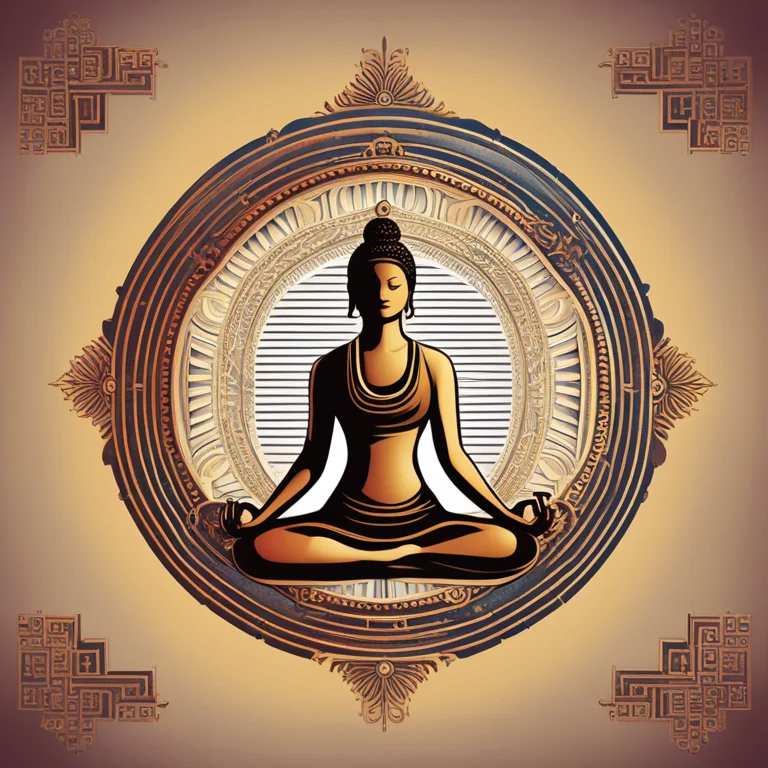
Starting Meditation: A Beginner’s Guide
Embark on your meditation journey with this beginner-friendly guide, offering practical steps to develop a serene mind.
article by Hina Kurosawa
Introduction to Meditation
Curiosity about meditation often begins with a desire for peace, better stress management, or a deeper self-connection. If you're new to meditation, it might seem like a daunting practice reserved for the spiritually elite. However, meditation is a universally accessible tool, unbound by time or cultural barriers. As we advance in 2024, with technology entwining ever more closely with daily life, finding stillness through meditation has become not only beneficial but necessary for many. It can help combat the ever-increasing levels of stress and mental fatigue that accompany modern living. Here's how to embark on a fulfilling meditation journey.

Choosing Your Space
The first step to starting a meditation practice is selecting a quiet, comfortable space where you can relax without interruptions. It doesn't have to be an elaborately decorated room; a small corner of your bedroom or even an office cubicle can work just fine. The key is consistency; try to meditate in the same space to cultivate a mental association between that place and a state of calmness.

Establishing a Routine
Consistency is more important than duration, especially when you're just beginning. Aim to meditate for a few minutes each day, gradually extending the time as you become more comfortable. Choose a time that integrates seamlessly into your daily schedule, whether that's morning, afternoon, or evening, and commit to practicing at that same time each day.

Understanding Meditation Postures
Your meditation posture should be comfortable, allowing you to remain still for the duration of your practice. Traditional postures like the lotus position are not mandatory. Sitting on a chair, cushion, or even lying down is perfectly acceptable. The crucial factor is to keep your back straight, which facilitates proper breathing and helps maintain focus.

Focus on the Breath
A fundamental aspect of meditation is breath awareness. Concentrate on your natural breathing pattern, observing the rise and fall of your chest or the sensation of air passing through your nostrils. When your mind wanders—and it will—gently, without judgment, bring your focus back to your breath. This act of returning to the breath is where the true meditation practice unfolds.
Embracing the Wandering Mind
A common misconception is that meditation requires a complete absence of thought, which is nearly impossible and not the goal. Instead, the practice involves recognizing when your mind has wandered and bringing your attention back to your chosen focus. Each time you do this, you strengthen your mindfulness muscle.
Incorporating Technology Mindfully
As we progress further into the 2020s, technology has begun to play a supportive role in meditation practices. Apps and online platforms offer guided meditations, timers, and soothing soundscapes to enhance your experience. Using these tools mindfully can aid beginners in developing their practice, but remember that the core of meditation is the inward journey, which transcends any external aid.
Patience and Perseverance
Like any new skill, mastering meditation takes time and persistence. Patience and self-compassion are integral to your meditation routine. Acknowledge and celebrate your commitment to this holistic practice as you witness subtle shifts in your mental clarity and emotional resilience over time.
Published: 1/9/2024
Modified: 1/9/2024
More predictions
Come back here soon to learn more about yourself and your future


Mindful Rest: Integrating Meditation & Sleep for Well-being
Discover the synergy of meditation and sleep in enhancing mental, emotional, and physical health. This article delves into practices that combine these powerful restoration tools.


The Serenity Sojourn: Embrace a Meditation Retreat
Delve into the tranquility of a meditation retreat and rejuvenate your mind, body, and soul with practices that transcend time.


Retreat into Serenity: A Meditation Haven
Discover the transformative power of a meditation retreat and find tranquility for mind, body, and spirit in our comprehensive guide.